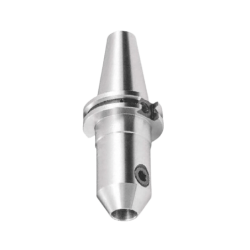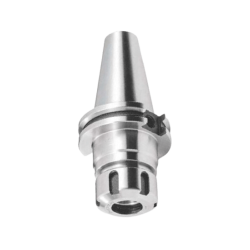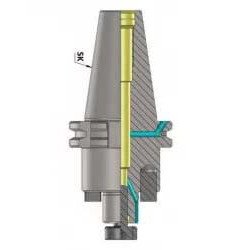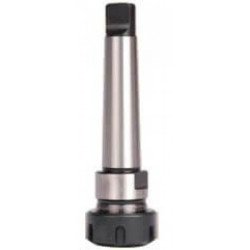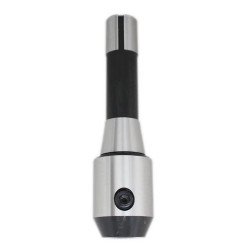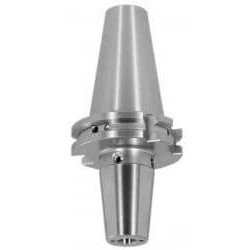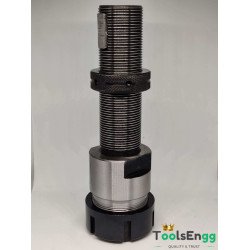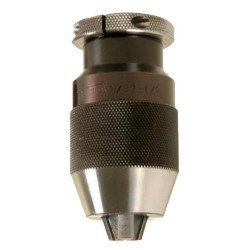Tool Clamping Technology and Selection
Which tool Clamping or tool holding system is your best overall value for your machining processes?
When it comes to selecting the proper or the "best value" tool clamping system for your machining applications, you must first look at the type and size of cutting tools you want or need to use. The following factors will all have an impact on steering the decision for the most appropriate technology for your application:
- Shank styles and sizes
- Shank types-HSS/Tool Steel or Carbide
- Material you will be machining and whether roughing/semi-finishing, or finishing
- Length of surface to be machines with regards to radial load on the cutting tool
- Metal-removal rates-Aggressive or more "normal"
- Spindle RPM capability and Spindle type-HSK, Steep-Taper, Steep-Taper with Face Contact, or Multi tasking tapers like CAPTO or KM, and finally
- Budgetary constrains-how much are you able or willing to spend for a tool clamping system
With regards to the last item,it is important to recognize that cost of a tooling system is not the same as the Total Cost of Ownership(TCO). The often-overlooked component at the cost of the tool life lost due to excessive runout can have a big impact on the long term financial calculations:
Definition of Balancing and Unbalancing
If the rotor(tool holder) is rotated around the axis, centrifugal forces generate in all parts. If these centrifugal forces are distributed symmetrically against the rotation axis, the centrifugal forces generating in the opposite direction are offset by one another, resulting in no forces to the rotation axis eventually. Therefore bearings are not vibrated. In this case tool holder is in the balanced state. On the contrary, if centrifugal forces are distributed asymmetrically against the rotation axis, or if the force of one part is greater than that of the opposite part, the forces equivalent to differences are added to the rotation axis, causing the rotor(tool holder) to vibrate. The imbalance of distribution of rotor mass is called "Unbalance" is mass existing unevenly in the rotor(tool holder).
Balancing Grade Quality According To ISO 1940
(DIN ISO 1940)
Calculation of G (G X m X 9549)/rpm = U
G : Balancing grade or circumference speed
m : Rotor(Holder) weight <-- Unit : kg
9549 : Conversion Contant
U : Degree of unbalance (permissible unbalance) <-- Unit : g.mm
rpm : Revolutions Per Minute
Merits of Balanced Machining
Recently, rotating machines are more sophisticated and operated at high speed with the technical advance. Also, they require more efficiency and more stable functions which are stricter conditions than ever before. In high speed machining, one of the largest factors which degrade performance of machines is chattering. It causes workers to suffer displeasure, noise, and fatigue which are main problems affecting productivity. Balancing of the rotor(tool holder) is the essential and effective factor in order to prevent vibration of the machine. It is widely recognized as the indispensable process in manufacturing rotation machinery.




